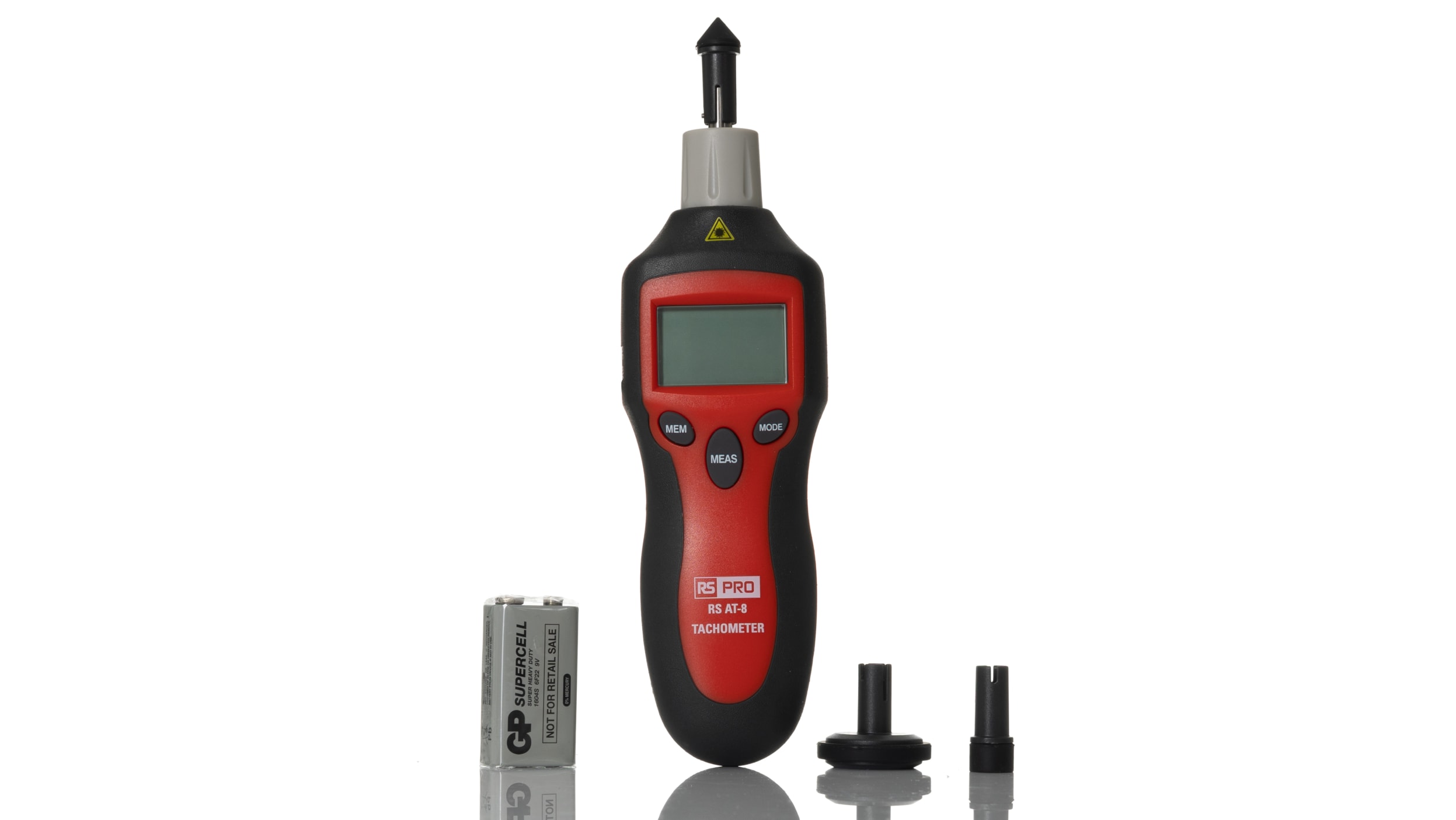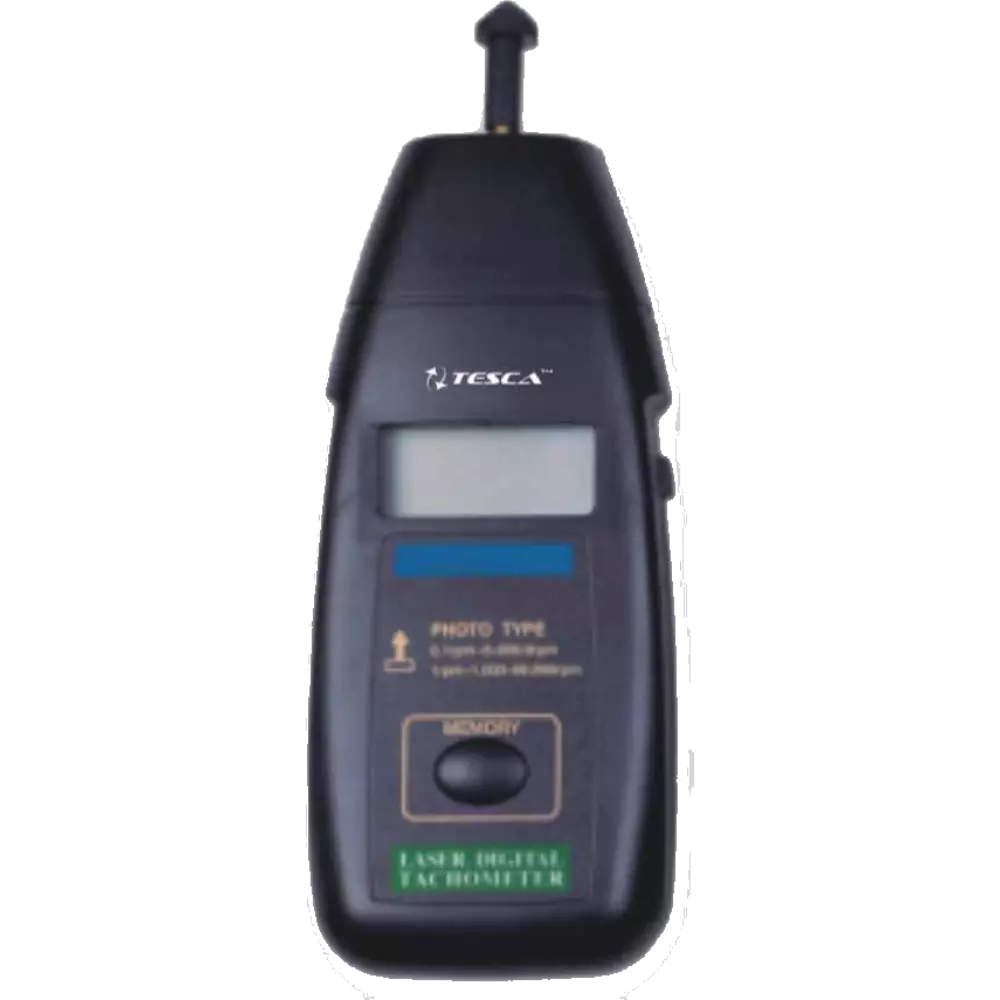Discovering the Features and Benefits of a Tachometer: A Comprehensive Guide for Auto Fanatics
From supplying real-time information on engine rate to assisting in optimizing equipment shifts, the tachometer offers as even more than simply a dial on the control panel. Its diverse functions not only improve driving experience however also play an essential duty in keeping engine health and performance.
Comprehending the Essentials of a Tachometer
In the realm of auto instrumentation, recognizing the essentials of a tachometer is necessary for any type of automobile enthusiast looking to dive into the complexities of engine performance monitoring. A tachometer, usually presented on the control panel of an automobile, determines the engine's changes per minute (RPM)
Tachometers generally have actually a scale noted in revolutions per min, with a redline indicating the optimum rate at which the engine can safely operate (tachometer). This info is important for stopping engine damages and enhancing equipment changing for hands-on transmissions. Additionally, tachometers can help in diagnosing engine issues such as misfires or a stopping working ignition system by identifying irregular RPM readings
Significance of Checking Engine Rate

The engine rate, determined in revolutions per minute (RPM), suggests just how quick the engine's crankshaft is turning. Checking engine rate is specifically essential during gear changes, as it assists drivers determine the appropriate time to change gears for smooth velocity and efficient gas consumption.
Furthermore, tracking engine speed can also give beneficial understandings into the total health of the automobile. Uncommon fluctuations in RPM may show issues such as a clogged up air filter, fuel system problems, or even engine misfires. By spotting these problems early on through the tachometer readings, vehicle drivers can address prospective concerns promptly, stopping a lot more extreme damages and expensive repairs down the line. On the whole, monitoring engine speed with a tachometer is a fundamental practice that can enhance driving efficiency, extend engine life, and make sure a more secure and more pleasurable driving experience.
Enhancing Efficiency Via Equipment Shifts
Appropriate gear moving guarantees that the engine runs within its ideal power band, permitting for smooth velocity and boosted fuel economy. When moving equipments, it is vital to pay attention to the engine rate indicated on the tachometer.

To accomplish peak efficiency via equipment changes, chauffeurs must exercise smooth and prompt transitions between gears, matching engine rate with roadway rate to harness the complete potential of their vehicle's powertrain.
Making Best Use Of Efficiency With a Tachometer
Understanding the art of equipment shifting in high-performance vehicles not only improves driving experience however additionally plays an essential function in making best use of performance with a tachometer. tachometer. By paying close focus to the tachometer analyses, vehicle drivers can maximize their equipment changes to run within the engine's most effective variety. When speeding up, moving gears at the ideal RPM shown by the tachometer can protect More about the author against the engine from straining or underperforming, bring about boosted gas effectiveness and overall performance
Additionally, a tachometer helps drivers stay clear of unneeded revving, which not only loses gas yet likewise puts unneeded pressure on the engine. Regularly keeping an eye on the tachometer while driving enables smoother gear changes, lowering damage on the transmission system in time.

Advanced Tips for Tachometer Application
Enhancing driving precision via experienced tachometer interpretation is key to enhancing car performance. To look into sophisticated tips for tachometer use, think about including making use of change lights. Shift lights are visual indications that illuminate when it's time to change gears based on engine revolutions per minute (RPM), enabling seamless gear changes without continuously monitoring the tachometer. Furthermore, exercising heel-and-toe downshifting method can be advantageous when aiming for smoother transitions in between equipments. This strategy entails using both the brake and accelerator pedals at the same time while downshifting, aiding to keep engine RPM and avoid jerky motions. Additionally, making use of an efficiency tachometer with customizable settings can supply real-time information customized to specific driving preferences or automobile alterations. By fine-tuning shift factors and establishing warning thresholds, motorists can enhance velocity and engine efficiency while decreasing the threat of over-revving. These sophisticated strategies, when paired with a deep understanding of tachometer analyses, can boost driving effectiveness and total driving experience.
Verdict
Finally, the tachometer functions as a crucial device for cars and truck lovers to keep track of engine speed, boost efficiency with gear changes, and maximize performance. By comprehending the functions and advantages of a tachometer, motorists can maximize their driving experience and extend the lifespan of their car. Utilizing innovative pointers for tachometer use can even more boost driving skills and total performance when traveling.
Comments on “Tachometer Fundamentals: Everything You Required to Know for Accurate Readings”